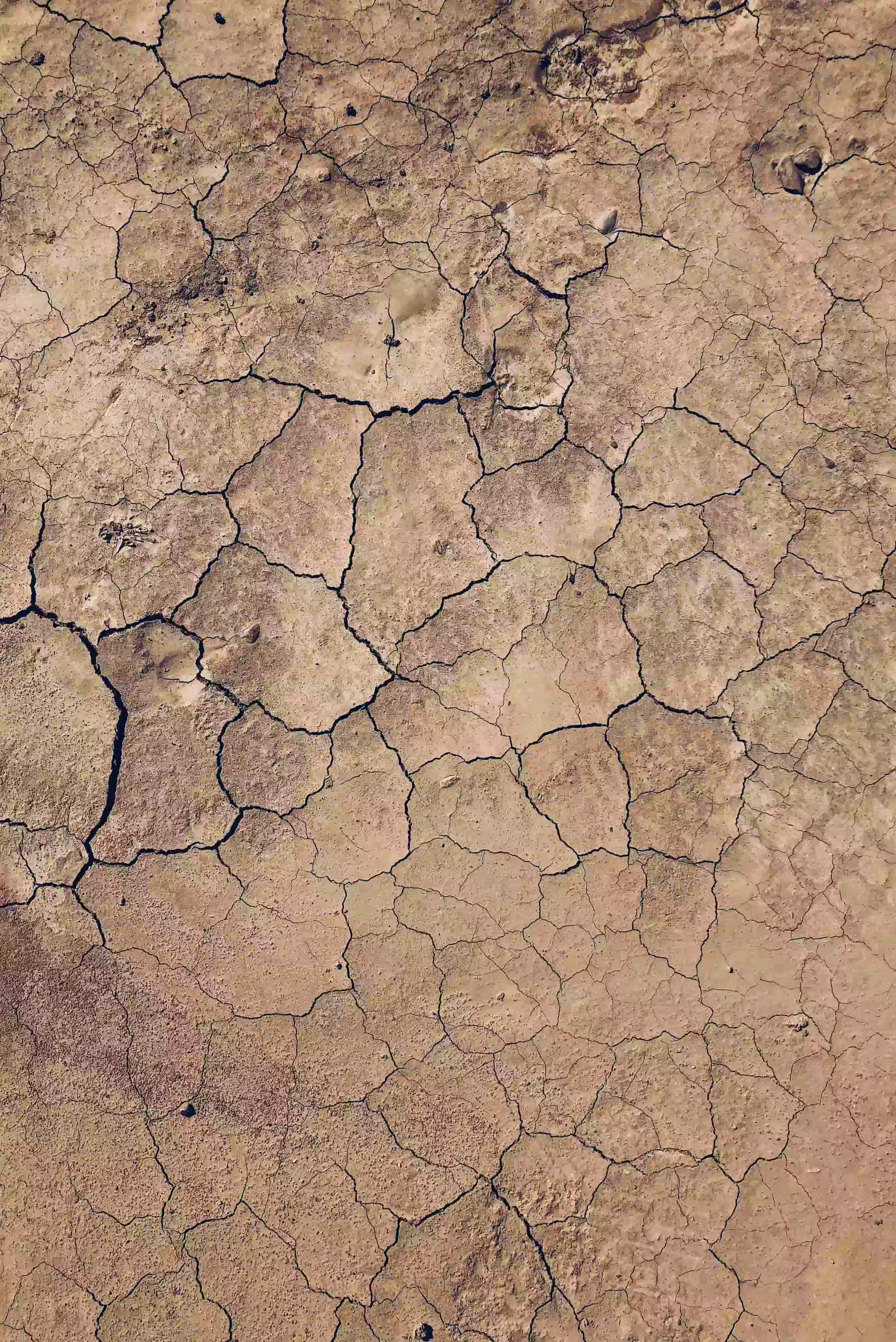

Understanding the irregular climate patterns that are reshaping our planet
There's a massive, invisible force literally moving oceans and reshaping weather patterns across the entire planet.
Summers that melt asphalt followed by winters that freeze pipes.
The chaos isn't random
Cities drowning in floods one year, then facing water restrictions the next. This isn't bad luck or broken weather systems. There's actually a massive, invisible force at play that most people have never heard of, but it's literally moving oceans and reshaping weather patterns across the entire planet. Welcome to climate oscillations – nature's own DJ mixing up weather patterns on a scale that makes human timelines look like TikTok videos.
The ocean's secret rhythm
The Pacific Ocean, covering a third of our planet, has been secretly orchestrating a climate dance that repeats every 2-7 years. Scientists call it ENSO (El Niño-Southern Oscillation), but think of it as Earth's massive mood swing affecting everything from coffee prices to whether your hometown floods this summer. When the Pacific gets warmer (El Niño), it heats up globally. When cooler (La Niña), it cools.

Pause & Reflect
What if your unpredictable local weather is actually following an ancient oceanic pattern?
Water: the ultimate game-changer
This isn't just about ocean temperatures. Water, in all its forms, is the primary driver of these massive climate shifts. When warm ocean water moves around the Pacific, it changes where clouds form, where rain falls, and even how strong hurricanes become. It's like Earth's circulatory system getting a completely different rhythm, and every living thing feels the effects. The water cycle becomes a climate multiplier.
The bigger picture beyond cycles
ENSO isn't working alone. The Pacific Decadal Oscillation (40-60 years) and Atlantic Multidecadal Oscillation (50-80 years) create longer cycles. Think of Earth having overlapping rhythms – like instruments at different tempos. Sometimes they're in harmony, creating stable weather. Other times they clash, creating extreme events as our new normal. Half of US drought frequency comes from these patterns.
Did you know?

The prediction advantage
Scientists can predict El Niño and La Niña several months to a year in advance using modern climate models.
The climate justice reality
Here's the uncomfortable truth: these natural cycles aren't equally distributed in their impacts. Communities depending on consistent rainfall for farming, fishing communities whose livelihoods depend on stable ocean conditions, and island nations facing rising sea levels – they're all on the front lines. Climate change is amplifying these natural cycles, making them more extreme and less predictable.
The life planning evolution
These cycles are reshaping career choices and life planning for Gen Z. Knowing your region sits in a 20-year drought pattern changes where you want to live, work, and invest. Climate-conscious Gen Z is using oscillation data to choose colleges, plan careers, and decide where to buy homes. They're the first generation planning life decisions around 40-80 year climate cycles instead of just job markets.

Pause & Reflect
When did climate data become more important than salary in job decisions?
The superpower of understanding
Understanding these cycles gives us superpowers. Recognizing that water is the key player gives us clear action steps: support water conservation, advocate for climate adaptation infrastructure that handles both floods and droughts, amplify climate justice voices. The communities hit hardest by these cycles often lack resources to adapt. Their stories need to be heard.
We are experiencing the worst drought of the century and we live in the cities as if it did not exist
Samuel Reyes, Director, Catalan Water Agency
Your role in the bigger picture
The next time weather feels absolutely chaotic, remember: you're witnessing Earth's natural rhythms being amplified by human influence. These cycles have happened for thousands of years, but climate change is turning up the volume. Understanding these patterns transforms chaos into knowledge, fear into action. You're not experiencing random weather – you're witnessing the planet's complex climate system in action.
Water security equals climate justice
Water is still the key to everything. In a world of amplified climate cycles, water security isn't just an environmental issue – it's a justice issue affecting us all. Urban planning with climate foresight and preparing for water extremes helps communities weather these cycles. The beautiful thing about understanding these patterns is that knowledge becomes power.
The climate intelligence advantage
You're witnessing the birth of climate intelligence – and you're early adopters. While older generations panic about "unpredictable" weather, you have the tools to see patterns. Check oscillation indices before choosing apartments. Factor drought cycles into career moves. You're not victims of climate chaos – you're the first humans with enough data to outsmart it.
Closing thoughts












